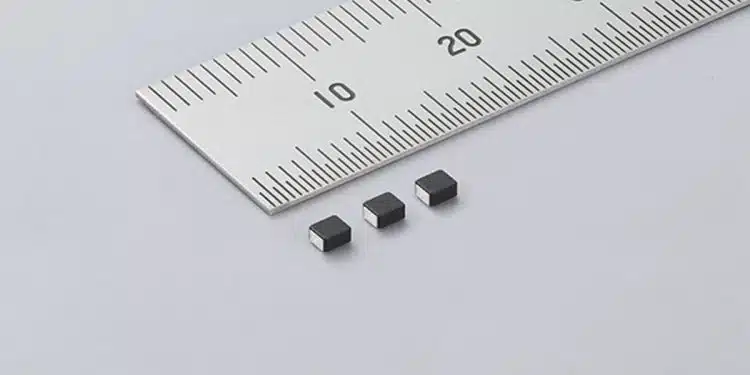Murata, a leading manufacturer of passive components, has expanded their line-up with the release of the DFE2MCPH_JL series of automotive-grade power inductors with values 0.33µH and 0.47µH, specifically designed for automotive powertrain/safety equipment.
Compared with existing products in the Murata DFE2MCAH_J0 series, the 0.33µH part, for example achieves the highest standards in the industry with a reduction of 38% in DC resistance to 18 mOhm along with a 31% increase in rated current to 5.1 A for the same temperature rise.
Rated current for a specified inductance drop is also 64% higher at 6.9 A. In addition, this product realized 40V of withstand voltage, and this is all in 0806-inch size with an operating temperature range of -40°C to +155°C with current derating.
The metal alloy inductors leverage Murata’s advances in material and manufacturing technology to achieve a combination of high quality and performance. This makes the parts ideal for demanding automotive applications such as ADAS and IVI systems – a market that is rapidly expanding.
The high DC current rating and low power dissipation of the DFE2MCPH_JL series, complemented by a high impulse voltage rating, make them particularly suitable for low-loss filtering and energy storage in power converter applications. At the same time, the miniature package saves space and material usage.
Murata will continue to expand inductance value from 0.1 µH to 4.7µH in the future to meet market needs and to expand the breadth of automotive applications.
Applications for these high current, high-grade inductors:
- automotive infotainment/comfort systems
- medical equipment GHTF Classes A, B and Class C (not implant).































